- The Origins and History of Vigna Beans
- The Many Varieties of Vigna Beans
- 1. Black-eyed Peas
- 2. Adzuki Beans
- 3. Yardlong Beans
- 4. Bambara Beans
- 5. Mung Beans
- 6. Butter Beans
- Health Benefits of Vigna Beans
- 1. High in Protein
- 2. Rich in Fiber
- 3. Packed with Vitamins and Minerals
- 4. Promote Heart Health
- 5. Support Blood Sugar Control
- 6. Boosts Immunity
- 7. May Aid Weight Loss
- Culinary Uses of Vigna Beans
- Cooking Methods
- Asian Cuisine
- Vegetarian and Vegan Protein Source
- Globally Inspired Dishes
- Nutritional Benefits
- Growing and Harvesting Vigna Beans
- Planting
- Growth and Care
- Harvesting
- Popular Vigna Bean Recipes
- Vigna Bean Salad
- Vigna Bean Curry
- Where to Buy Vigna Beans
- 1. Local Grocery Stores
- 2. Specialty Food Stores
- 3. Farmers’ Markets
- 4. Online Retailers
- 5. International Food Stores
- Tips for Cooking with Vigna Beans
- 1. Soaking
- 2. Boiling
- 3. Seasoning
- 4. Versatility
- 5. Nutrition
- “Question-Answer”
- What are some unusual types of beans?
- How do you prepare fresh beans?
- What are the health benefits of eating beans?
- Are there any beans with unique colors?
- Can you grow beans in a small garden?
- “Video” How the Beatles Changed the World (Documentary) | Amplified
Beans are a staple food in many cuisines around the world, but did you know that not all beans are created equal? Enter Vigna, a genus of flowering plants in the pea family Fabaceae that includes some of the most remarkable beans you’ve ever seen. From the vibrant colors of the Adzuki bean to the earthy flavor of the Mung bean, there’s a whole world of flavors and textures waiting to be discovered.
One of the most fascinating things about Vigna beans is their versatility. While they are commonly used in soups, stews, and salads, they can also be transformed into delicious spreads, dips, and even desserts. Their creamy texture and nutty taste make them perfect for blending into smoothies or adding to baked goods. And with their high protein and fiber content, Vigna beans are a nutritious addition to any diet.
But Vigna beans are not just delicious and nutritious; they also have a fascinating history. Native to tropical and subtropical regions of the world, these beans have been cultivated for thousands of years, with archaeological evidence dating back to ancient civilizations. They have played a crucial role in the diets of indigenous cultures and have even been used medicinally for their healing properties.
So, whether you’re a seasoned bean aficionado or just looking to expand your culinary horizons, Vigna beans are a must-try. With their unexpected flavors, versatility, and rich cultural history, these remarkable beans are sure to become a favorite ingredient in your kitchen.
The Origins and History of Vigna Beans
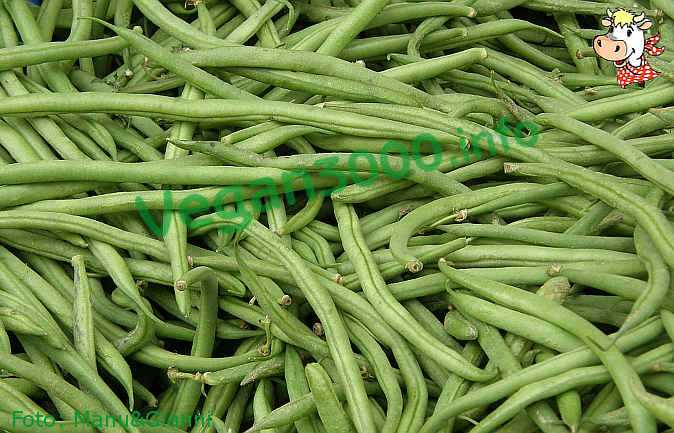
Vigna beans, also known as cowpeas or black-eyed peas, have a long and fascinating history that spans thousands of years. These beans are native to Africa and are believed to have been domesticated in West Africa around 5,000 years ago.
Archaeological evidence suggests that vigna beans were an important source of food and nutrition for ancient civilizations in Africa. They were cultivated by the Egyptians, Romans, and Greeks, and were even mentioned in ancient texts such as the Bible and Homer’s Odyssey.
With the expansion of trade routes, vigna beans gradually spread to other parts of the world. They were introduced to Asia more than 3,000 years ago and became a staple food in many Asian countries, including India, China, and Thailand.
During the era of European colonization, vigna beans were brought to the Americas by African slaves. They quickly became a popular food crop in the southern United States, where they are still enjoyed today in dishes such as hoppin’ john and black-eyed pea soup.
Today, vigna beans are cultivated in many countries around the world. They are valued for their high protein content, as well as their adaptability to a wide range of climates and soil conditions. They are used in a variety of dishes, from soups and stews to salads and curries.
Despite their long history, vigna beans are not as widely known as other types of beans, such as kidney beans or pinto beans. However, they are gaining popularity for their nutritional value and unique flavor. So the next time you’re looking for a new bean to try, consider exploring the world of vigna beans!
The Many Varieties of Vigna Beans
Vigna beans, also known as cowpeas, are a diverse group of legumes that are widely cultivated for their edible seeds. There are several different varieties of Vigna beans, each with their own unique characteristics and culinary uses. Let’s take a closer look at some of the most popular varieties of Vigna beans:
1. Black-eyed Peas
Black-eyed peas are one of the most well-known varieties of Vigna beans. They have a creamy texture and a mild, slightly nutty flavor. Black-eyed peas are commonly used in Southern cuisine, where they are often cooked with bacon or ham hocks and served with greens.
2. Adzuki Beans
Adzuki beans are small, reddish-brown beans that are native to East Asia. They have a sweet, nutty flavor and a firm texture. Adzuki beans are commonly used in Asian desserts, where they are often cooked with sugar and used as a filling in pastries and sweet soups.
3. Yardlong Beans
Yardlong beans, also known as snake beans, are long and slender beans that can reach lengths of up to 3 feet. They have a crisp texture and a slightly sweet flavor. Yardlong beans are often used in stir-fries and salads.
4. Bambara Beans
Bambara beans are small, kidney-shaped beans that are native to Africa. They have a nutty flavor and a creamy texture when cooked. Bambara beans are commonly used in stews, soups, and porridges in African cuisine.
5. Mung Beans
Mung beans are small, green beans that are commonly used in Asian cuisine. They have a slightly sweet and earthy flavor and a soft texture when cooked. Mung beans are often sprouted and used in salads, stir-fries, and desserts.
6. Butter Beans
Butter beans, also known as Lima beans, are large, creamy-white beans with a buttery texture and a mild flavor. They are commonly used in stews, soups, and casseroles.
These are just a few examples of the many varieties of Vigna beans that are available. Each variety has its own unique flavor and culinary uses, making Vigna beans a versatile and tasty ingredient in a wide range of dishes.
Health Benefits of Vigna Beans
Vigna beans, also known as cowpeas or black-eyed peas, are not only delicious and versatile in cooking, but they also offer numerous health benefits. Here are some of the key health benefits of including vigna beans in your diet:
1. High in Protein
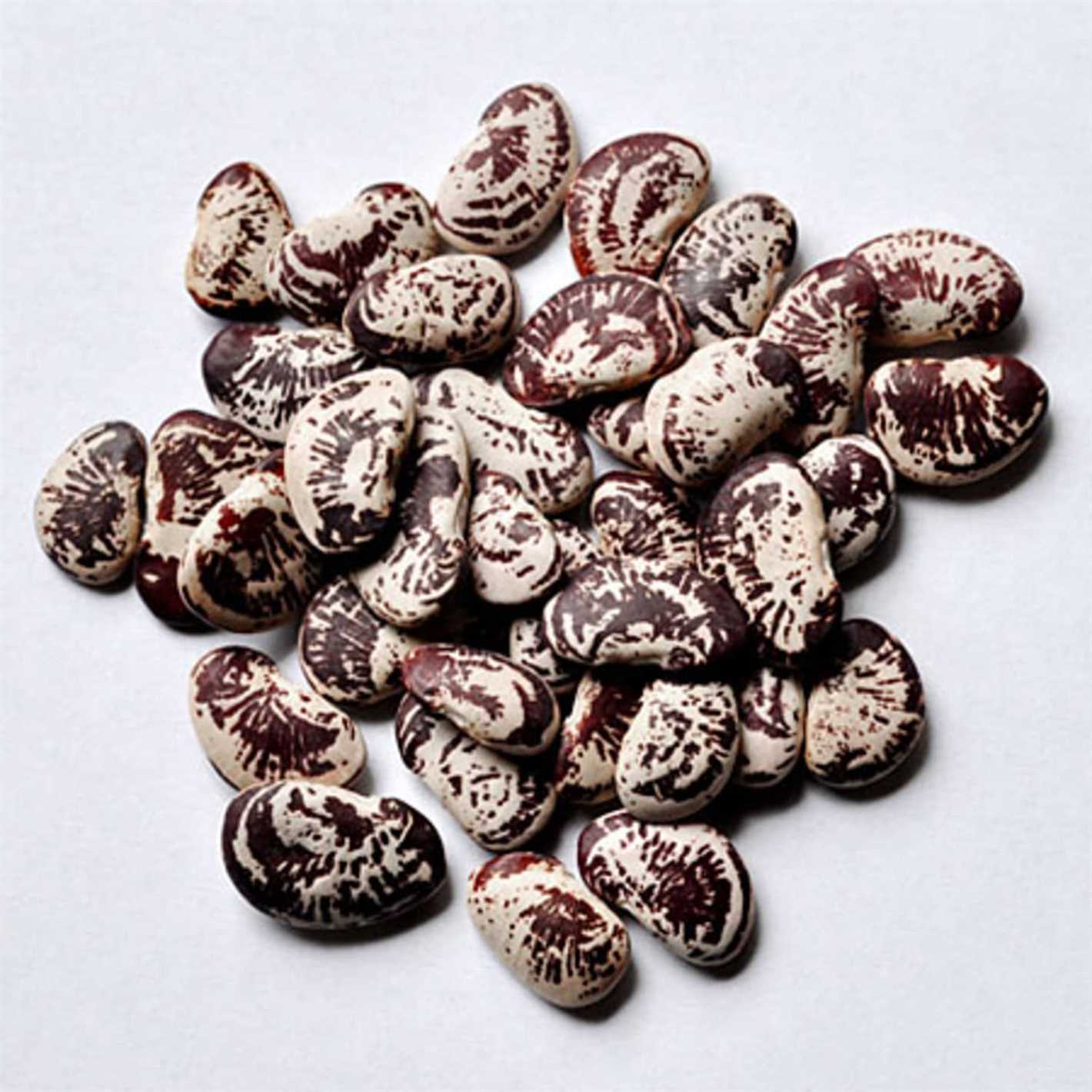
Vigna beans are an excellent source of plant-based protein, making them a great option for vegetarian and vegan diets. Protein is essential for cell repair and growth, muscle development, and overall health.
2. Rich in Fiber
Vigna beans are high in dietary fiber, which helps promote healthy digestion and prevents constipation. A high-fiber diet can also aid in weight management and reduce the risk of heart disease and diabetes.
3. Packed with Vitamins and Minerals
Vigna beans are a good source of various vitamins and minerals, including folate, iron, magnesium, and potassium. These nutrients play important roles in maintaining overall health, such as supporting red blood cell production, promoting healthy bones, and regulating blood pressure.
4. Promote Heart Health
The fiber content in vigna beans can help lower cholesterol levels and prevent the risk of heart diseases. They also contain antioxidants that can protect the heart from oxidative damage and reduce inflammation.
5. Support Blood Sugar Control
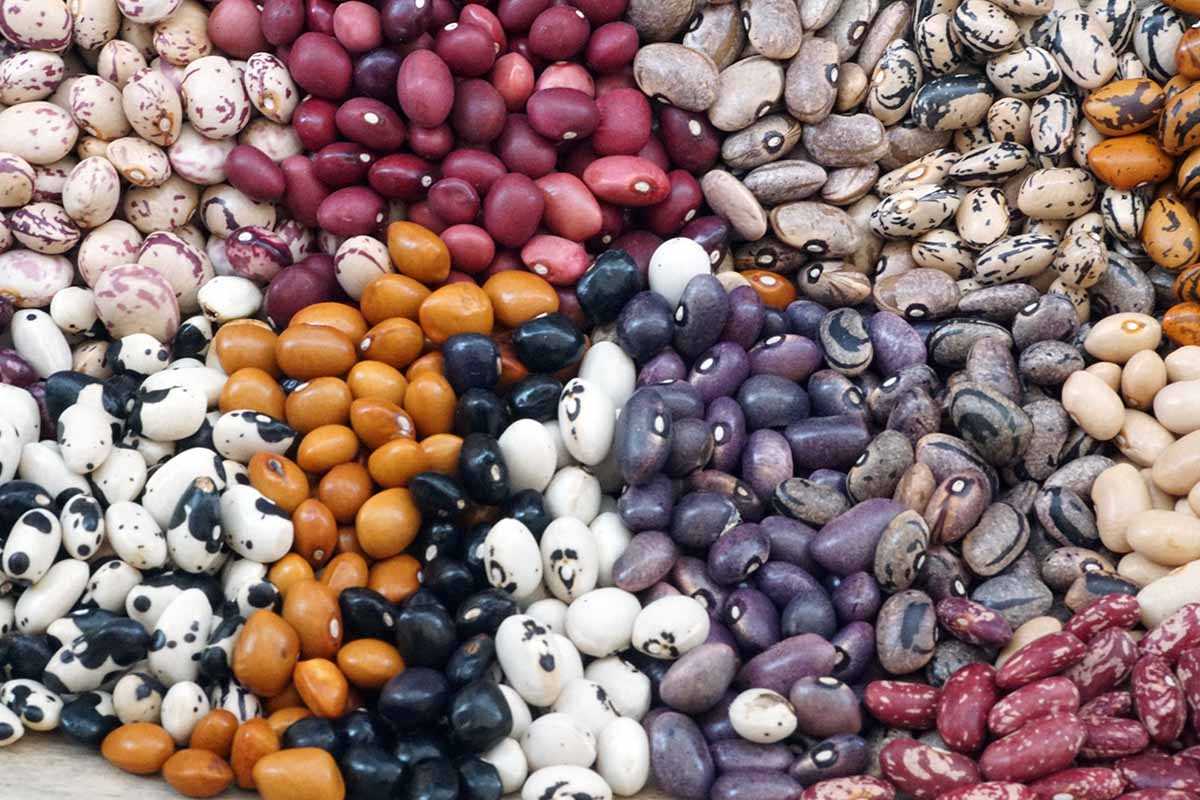
Due to their low glycemic index and high fiber content, vigna beans can help regulate blood sugar levels and prevent spikes in glucose. This makes them a suitable food for individuals with diabetes or those looking to manage their blood sugar levels.
6. Boosts Immunity
Vigna beans contain antioxidants, vitamins, and minerals that can help support a healthy immune system. These nutrients can strengthen the body’s defense against infections and diseases.
7. May Aid Weight Loss
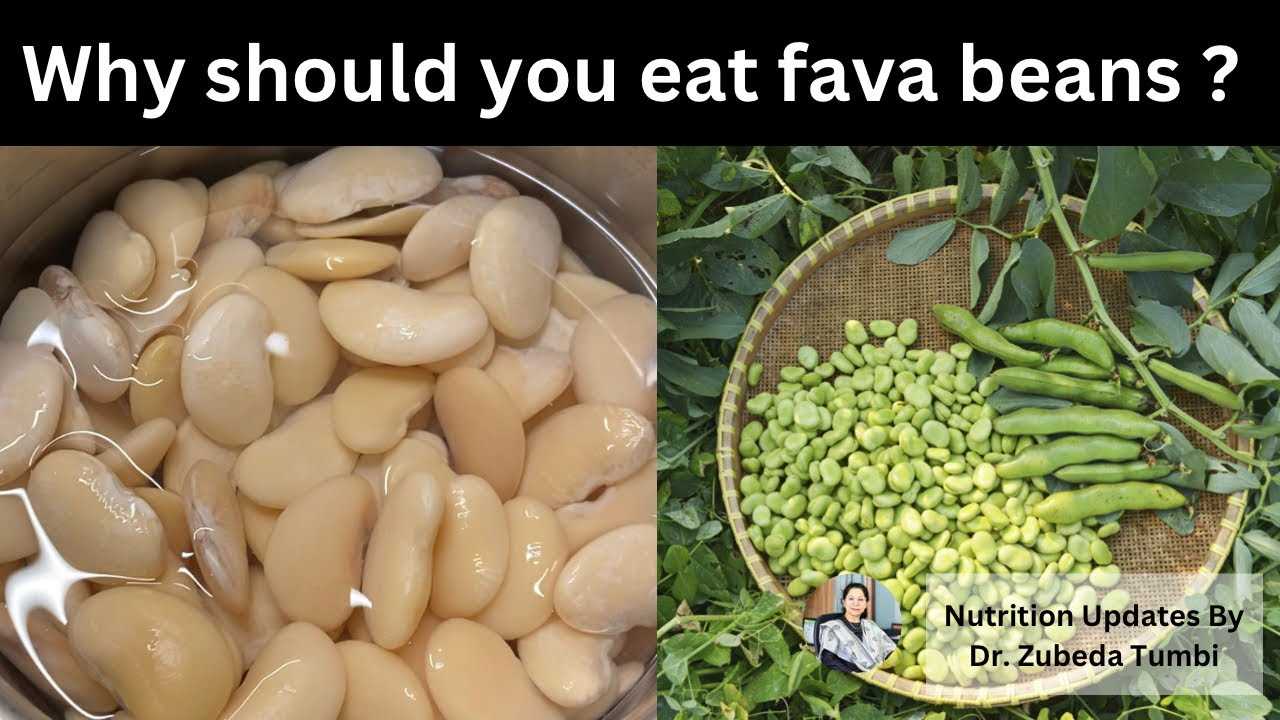
The combination of protein and fiber in vigna beans can help promote satiety and reduce appetite, making them a valuable addition to a weight loss diet. Additionally, their low calorie and fat content make them a nutritious choice for those watching their weight.
With their nutritional profile and health benefits, vigna beans are a highly nutritious and versatile ingredient to include in your meals. Whether enjoyed in salads, soups, stews, or main dishes, they can contribute to a balanced and wholesome diet.
Culinary Uses of Vigna Beans
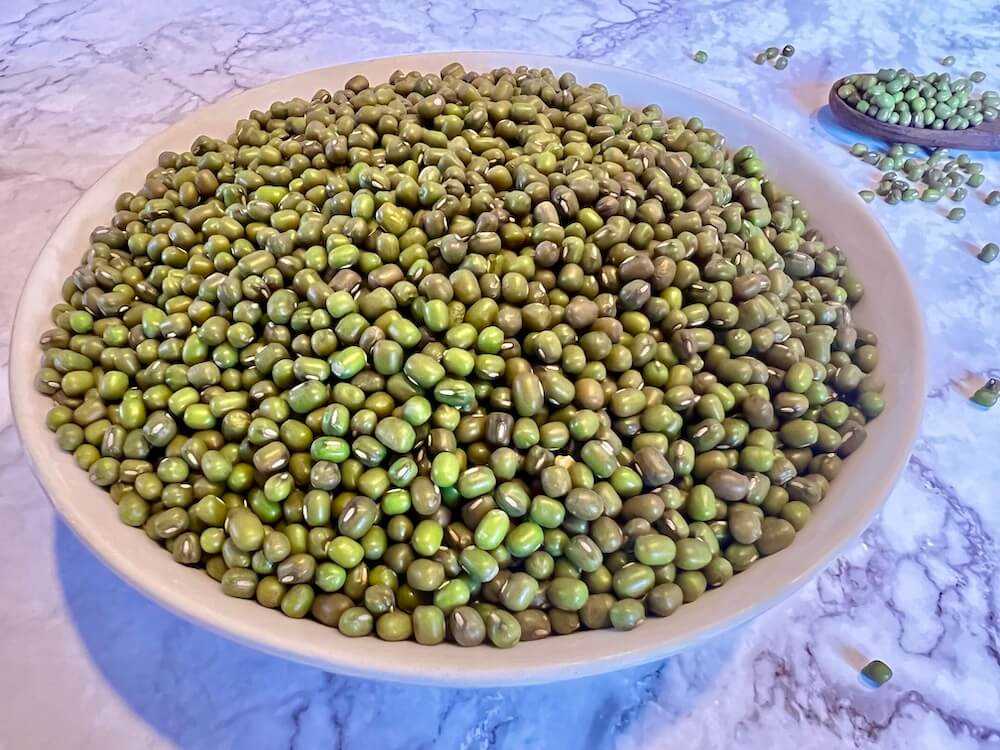
Vigna beans, also known as mung beans or green gram, are highly versatile and can be used in a variety of culinary creations. Whether you’re looking to add protein to your meals or simply expand your culinary horizons, vigna beans are a delicious and nutritious addition to any dish.
Cooking Methods
Vigna beans can be cooked in a variety of ways, including boiling, steaming, and even sprouting. Boiling is the most common method and is used to make soups, stews, and curries. Steaming vigna beans helps retain their nutrients and is often used in salads and stir-fries. Sprouting vigna beans is a popular technique that enhances their nutritional value and can be enjoyed in salads, sandwiches, or even used as a garnish.
Asian Cuisine
Vigna beans are a staple in many Asian cuisines, where they are commonly used in both savory and sweet dishes. In Indian cuisine, vigna beans are used to make traditional dishes such as dal and idli. In Chinese cuisine, vigna beans are often used in soups, stir-fries, and desserts such as mung bean soup or mooncakes. Korean cuisine also features vigna beans in dishes like bindaetteok, a savory pancake.
Vegetarian and Vegan Protein Source
Vigna beans are an excellent plant-based source of protein, making them ideal for vegetarians and vegans. They contain all essential amino acids and are a great alternative to meat. Vigna beans can be used as a base for veggie burgers, added to salads or grain bowls, or used to make dips and spreads.
Globally Inspired Dishes
Vigna beans can be used in a variety of global dishes to add texture, flavor, and protein. They can be added to Mexican dishes like burritos, tacos, and quesadillas. In Middle Eastern cuisine, vigna beans are used to make falafel or hummus. African cuisine often features vigna beans in stews, curries, and rice dishes. The possibilities are endless.
Nutritional Benefits
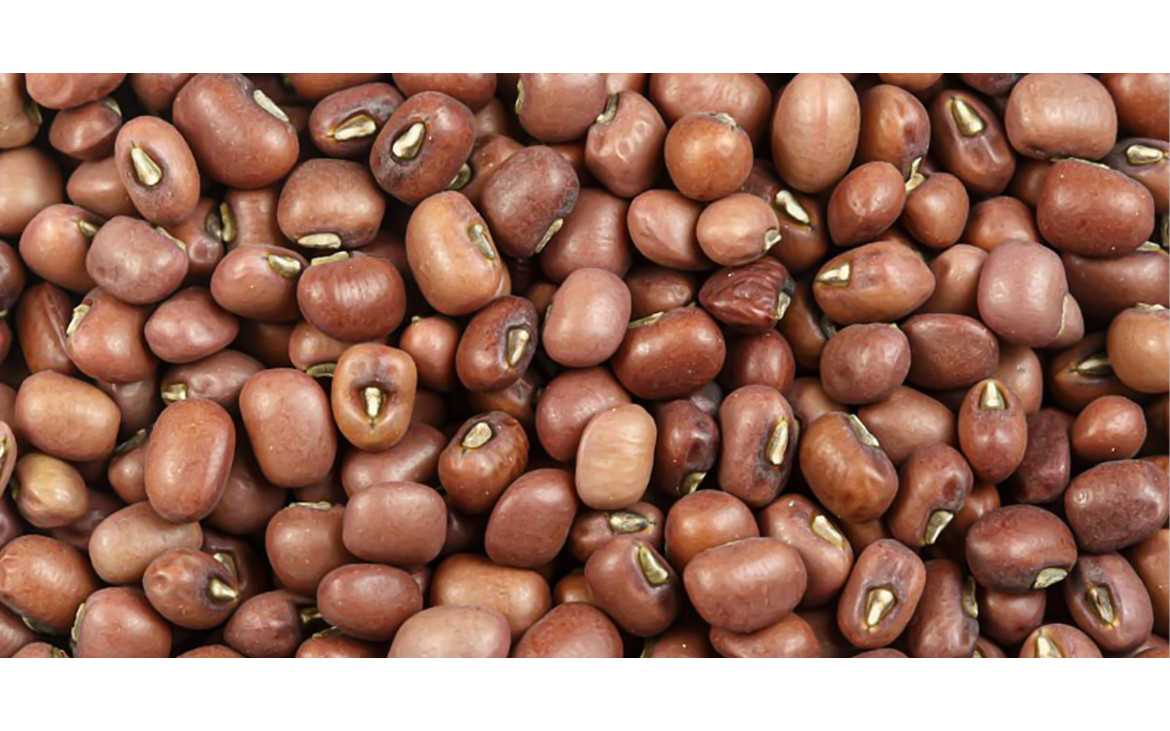
Vigna beans are not just delicious but also packed with nutritional benefits. They are rich in fiber, iron, and potassium, and are a great source of antioxidants. Vigna beans are low in fat and cholesterol, making them a healthy addition to any diet.
So go ahead, explore the culinary world of vigna beans and discover the endless possibilities they offer. From traditional Asian dishes to globally inspired creations, vigna beans are sure to impress your taste buds and nourish your body.
Growing and Harvesting Vigna Beans
Vigna beans are easy to grow and harvest, making them a great addition to any garden. Here are some tips to help you successfully grow and harvest your own Vigna beans:
Planting
- Choose a sunny location in your garden with well-draining soil.
- Prepare the soil by removing any weeds and loosening it with a garden fork or tiller.
- Sow the Vigna bean seeds directly into the soil, spacing them about 2 inches apart and planting them 1 inch deep.
- Water the seeds thoroughly after planting.
Growth and Care
Vigna beans are known for their vigorous growth and ability to tolerate hot weather. Here’s how to care for your Vigna beans:
- Water the plants regularly, keeping the soil consistently moist but not waterlogged.
- Provide support for the vines to climb, such as a trellis or stakes.
- Apply a balanced fertilizer once a month to promote healthy growth.
- Monitor the plants for any signs of pests or disease, and take appropriate action if needed.
Harvesting
Vigna beans are typically ready for harvest 70-90 days after planting. Here’s how to know when it’s time to harvest:
- Check the pods for firmness and size. Mature pods will be firm, plump, and 6-8 inches long.
- Gently pull the pod from the vine. If it comes off easily, it’s ready to harvest.
- Open the pod to reveal the beans inside. They should be fully developed and a creamy color.
Once harvested, Vigna beans can be cooked and enjoyed in a variety of dishes. They are a versatile and nutritious addition to any meal.
Popular Vigna Bean Recipes
Vigna Bean Salad
A refreshing and healthy salad made with cooked Vigna beans, mixed vegetables, and a tangy vinaigrette dressing.
- Ingredients:
- Instructions:
- In a large bowl, combine the cooked Vigna beans and mixed vegetables.
- In a separate small bowl, whisk together the olive oil, lemon juice, salt, and pepper to make the dressing.
- Pour the dressing over the bean and vegetable mixture, and toss to combine.
- Refrigerate for at least 30 minutes to allow the flavors to blend.
- Serve chilled and enjoy!
| – 1 cup cooked Vigna beans |
| – 1 cup mixed vegetables (such as cucumber, bell peppers, cherry tomatoes) |
| – 2 tablespoons olive oil |
| – 1 tablespoon lemon juice |
| – Salt and pepper to taste |
Vigna Bean Curry
A flavorful and spicy curry made with Vigna beans, aromatic spices, and creamy coconut milk.
- Ingredients:
- Instructions:
- In a large pan, heat some oil and sauté the chopped onion, garlic, and ginger until golden brown.
- Add the cumin powder, coriander powder, turmeric powder, and chili powder, and cook for another minute.
- Add the cooked Vigna beans and stir well to coat them with the spices.
- Pour in the coconut milk and simmer for about 10 minutes, until the curry thickens.
- Season with salt to taste.
- Serve hot with steamed rice or naan bread.
| – 2 cups cooked Vigna beans |
| – 1 onion, finely chopped |
| – 2 cloves garlic, minced |
| – 1 tablespoon ginger, grated |
| – 1 teaspoon cumin powder |
| – 1 teaspoon coriander powder |
| – 1/2 teaspoon turmeric powder |
| – 1/2 teaspoon chili powder |
| – 1 cup coconut milk |
| – Salt to taste |
Where to Buy Vigna Beans
If you are interested in trying out Vigna beans and experiencing their unique flavors and textures, there are several places where you can purchase them. Here are some options to consider:
1. Local Grocery Stores
Check your local grocery stores first, as they often stock a variety of beans, including Vigna beans. Look for them in the dried goods section or the ethnic foods aisle. If you can’t find them, ask a store employee for assistance.
2. Specialty Food Stores
Many specialty food stores carry Vigna beans, especially those that focus on international or gourmet products. These stores often have a wider selection of bean varieties and may even offer different preparations, such as canned or frozen Vigna beans.
3. Farmers’ Markets
Visit your local farmers’ market to see if any farmers in your area grow and sell Vigna beans. Buying directly from farmers not only supports local agriculture but also ensures that you are getting the freshest beans possible.
4. Online Retailers
If you can’t find Vigna beans locally, there are many online retailers that sell them. You can easily browse and compare different brands and types of Vigna beans from the comfort of your own home. Just be sure to read customer reviews to ensure the quality and freshness of the beans.
5. International Food Stores
If you have an international food store or an Asian grocery store in your area, they are likely to carry Vigna beans. These stores specialize in products from around the world, so you may find a wider variety of Vigna bean types and preparations.
Regardless of where you choose to buy your Vigna beans, always check the packaging for any instructions on cooking or storing the beans. Enjoy exploring the unexpected world of remarkable Vigna beans!
Tips for Cooking with Vigna Beans
Vigna beans, also known as cowpeas or black-eyed peas, are a versatile and nutritious ingredient that can be used in a variety of dishes. Here are some tips for cooking with vigna beans:
1. Soaking
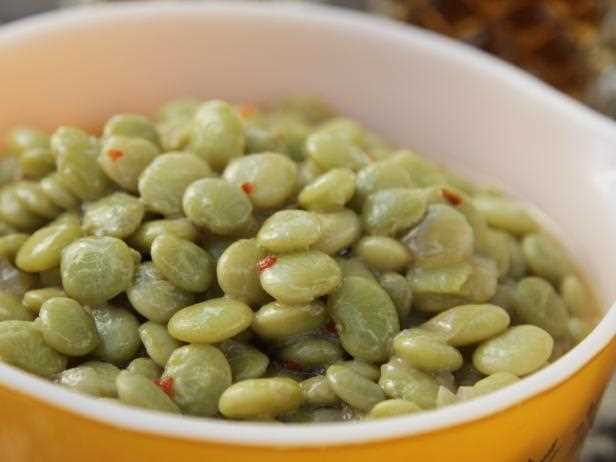
Before cooking vigna beans, it is recommended to soak them overnight or for at least 6 hours. This helps to soften the beans and reduce the cooking time. Drain and rinse the beans before cooking.
2. Boiling
To cook vigna beans, place them in a large pot and add enough water to cover the beans by about 2 inches. Bring the water to a boil and then reduce the heat to a simmer. Cook for about 1-1.5 hours or until the beans are tender. Skim off any foam that forms on the surface during cooking.
3. Seasoning
Vigna beans have a mild flavor that can be enhanced with different seasonings. Add salt, pepper, garlic, onion, or your favorite herbs and spices to the cooking water for added flavor. You can also season the cooked beans with olive oil, lemon juice, or vinegar for a refreshing taste.
4. Versatility
Vigna beans can be used in a variety of dishes, from soups and stews to salads and dips. They can be mashed and used as a filling for tacos or burritos, or added to vegetarian chili for extra texture and protein. Experiment with different recipes to discover your favorite way to enjoy vigna beans.
5. Nutrition
Vigna beans are a rich source of protein, dietary fiber, and various vitamins and minerals. They are also low in fat and cholesterol, making them a healthy choice for meals. Incorporate vigna beans into your diet to boost your nutrient intake and enjoy their many health benefits.
- Soak vigna beans overnight or for at least 6 hours
- Boil beans until tender, approximately 1-1.5 hours
- Season with salt, pepper, garlic, onion, or herbs and spices
- Experiment with different recipes to find your favorite way to enjoy vigna beans
- Enjoy the nutritional benefits of protein, dietary fiber, vitamins, and minerals
“Question-Answer”
What are some unusual types of beans?
Some unusual types of beans include Dragon Tongue beans, Scarlet Runner beans, and Christmas Lima beans.
How do you prepare fresh beans?
To prepare fresh beans, you need to shell them first by removing the outer pod. Then, you can blanch them in boiling water for a few minutes until they are tender. After that, you can use them in various recipes.
What are the health benefits of eating beans?
Eating beans has several health benefits. They are rich in protein, fiber, and various vitamins and minerals. They can help in weight management, lower cholesterol levels, regulate blood sugar levels, and promote a healthy digestive system.
Are there any beans with unique colors?
Yes, there are beans with unique colors. For example, the Tongues of Fire beans have a beautiful red and cream speckled pattern, and the Orca beans are black and white, resembling killer whale markings.
Can you grow beans in a small garden?
Yes, beans can be grown in a small garden. They are easy to grow and do not require much space. You can plant them in containers or in a small plot of soil. Just make sure they have enough sunlight and water.







